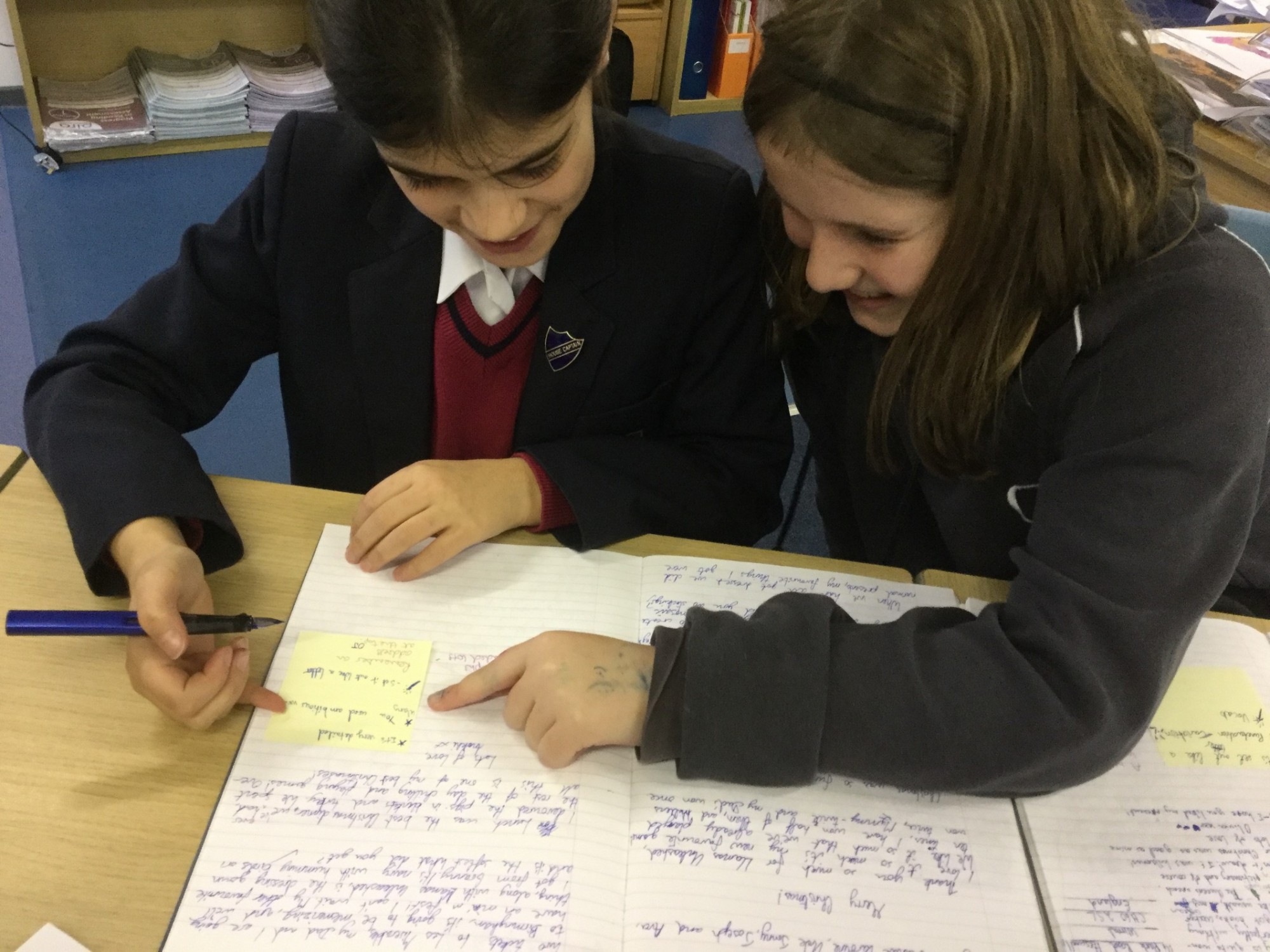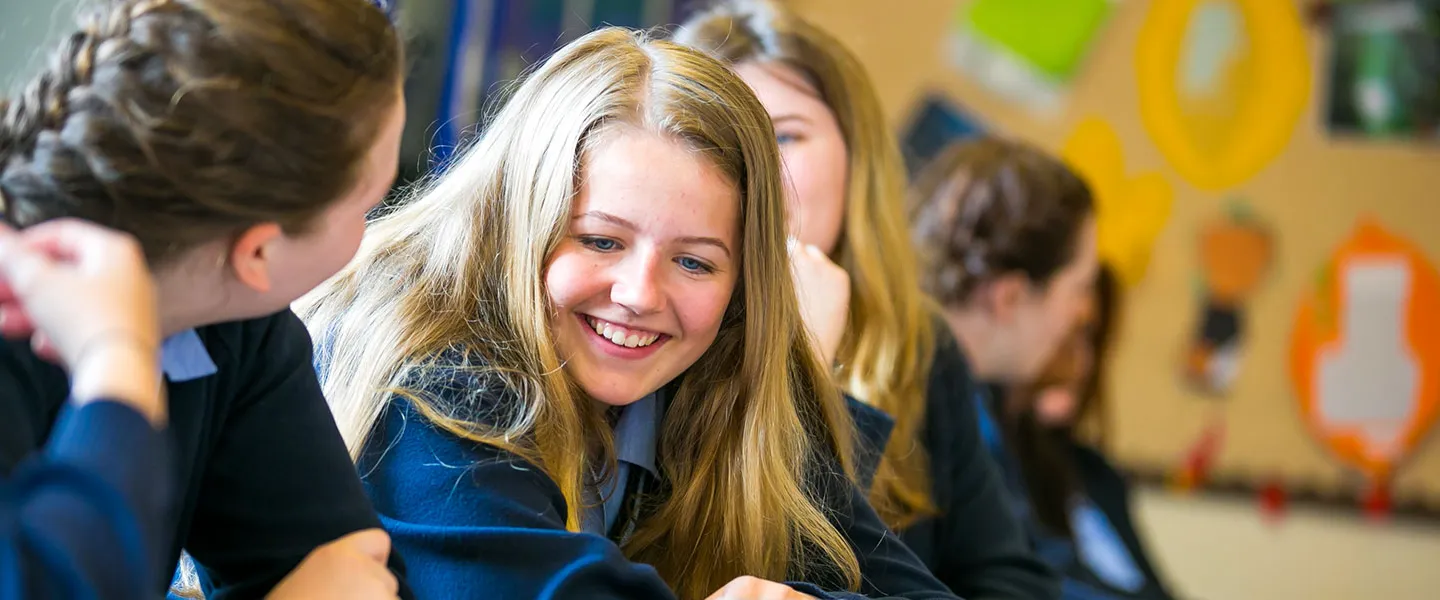What we as teachers need, is a whole ‘photo album’ rather than a ‘snapshot’ of each of our pupils.

As part of my role as Director of Studies, I oversee the assessments that take place at the Lower School and the question I ask myself most is: ‘What is this assessment going to tell us?’
Many people think that ‘assessment’ means taking a test but it is so much broader than that. The Government’s 2018 Teacher Assessment Guidance says that schools should develop their own approach to assessment which meets the needs of their pupils, parents, staff and curriculum. At the Lower School our approach includes some assessments that require data to be recorded and some which do not – both are equally as valuable.
Those that require data to be recorded are our summative assessments which summarise attainment at a particular point in time. These provide useful individual and cohort data for tracking progress, but they are only a ‘snapshot’ and not the whole picture of an individual’s ability. What we, as teachers, need is a whole ‘photo album’ rather than a ‘snapshot’ of each of our pupils. The way in which we build that ‘photo album’ is through continuous formative assessment, which takes place in every lesson, every day.
Formative assessments check for understanding along the way and guide teachers’ decisions about future teaching and learning. We assess individuals and groups constantly within the classroom. This might be done by listening in on partner or group discussions, allowing us to quickly identify those that have grasped a concept and also giving us the opportunity to address any misconceptions straight away. Group work provides the girls with the opportunity to work with others first before working independently. Individual informal assessments then effectively pinpoint specific individual needs and understanding. For example, a group task may be undertaken after the initial teacher input, during which the teacher will observe and listen to discussions taking place. This could then be followed up with an individual recorded task in their book. Formative assessments could take the form of written or oral questions, tasks or quizzes and the only recording involved may be in the teachers’ evaluations on their planning, which will then inform the next steps for the lessons which follow.
When we assess we are making a judgement about a child’s progress and their needs. We use this judgement to help us decide what we will provide for the child in the future. These decisions about how we will move a child’s learning forward affect our day to day and week to week planning, as we endeavour to meet individual and group needs. The information we gather tells us how our teaching plans need to be amended to consolidate or extend learning.Making mistakes assists learning so we encourage them to take risks within the safe learning environment of their classrooms and to discuss their success and progress.
Perhaps the most important aspect of formative assessment is pupil feedback. It is vital that the girls know what is expected of them and what their ‘success criteria’ look like so that they understand firstly what they have done well, but also where the gaps are and how to improve and do better next time. Feedback is given in a variety of ways – written or verbal comments and targets from the teacher, self-reflection/evaluation or peer evaluation. Making mistakes assists learning so we encourage them to take risks within the safe learning environment of their classrooms and to discuss their success and progress. We endeavour to equip the girls with the skills of self-reflection and evaluation as well as peer evaluation so that they are able to reflect on their own or another’s performance and evaluate it effectively.
Self-evaluation and peer evaluation both allow the girls the opportunity to better understand the assessment or success criteria of a task. It also gives them some ownership of the assessment process, potentially increasing their motivation and engagement. We have found that the girls love nothing more than sharing their ideas, giving and receiving feedback, and celebrating each other’s successes. It also gives them an insight into their own approach to a task in comparison to their peers. Through both self and peer evaluation, the girls are developing judgement skills, critiquing abilities and self-awareness. Learning to give constructive feedback is an invaluable life skill.
In short, formative assessment allows learners to make mistakes, clarify their understanding and act on feedback which will develop their knowledge and skills. Formative assessments prepare pupils for summative ones by removing fear and providing them with assessment technique tools. So when I ask the question, ‘What is this assessment going to tell us?’, I know that summative assessments will provide us with useful tracking data, but it is the daily observations and discussions taking place within the classrooms that build up the detailed ‘photo album’ that will tell us so much more about each individual pupil and what they need to do next on their learning journey.
Our priority is to ensure that we provide a nurturing environment in which every pupil can perform to the best of their ability, and that they are given the opportunity to be curious and creative, innovative and imaginative, as well as independent and resilient – whilst always striving to improve.
Gill Taylor
Director of Studies
Our priority is to ensure that we provide a nurturing environment in which every pupil can perform to the best of their ability, and that they are given the opportunity to be curious and creative, innovative and imaginative, as well as independent and resilient – whilst always striving to improve.
